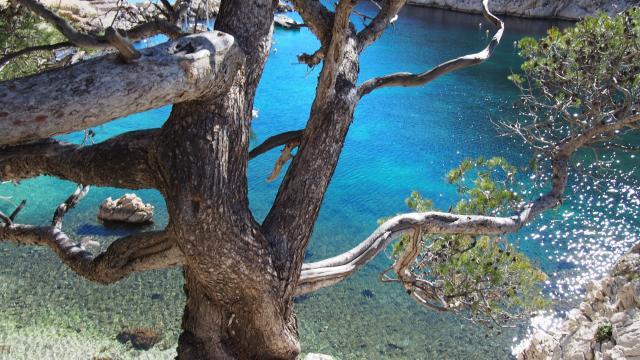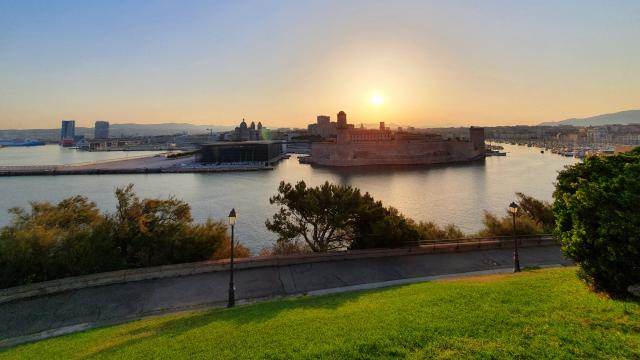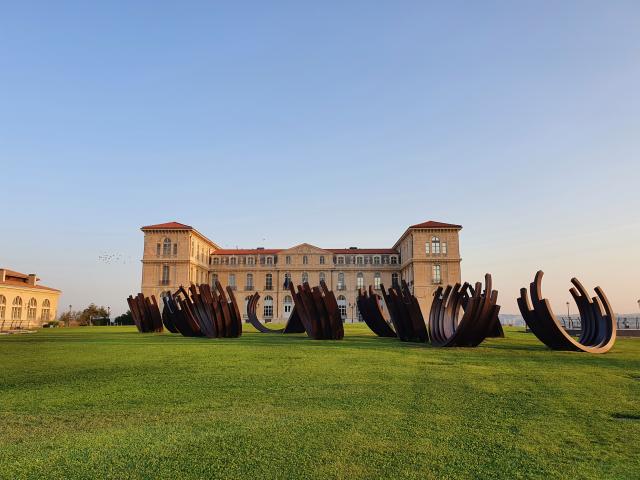Other exceptional parks and gardens in the city of Marseille.
‘Parc de la Buzine’
The ‘Château de la Buzine’ owes its fame to Marcel Pagnol who bought it with a project of opening there a real city of Cinema. When he arrived on the spot, the writer was surprised and recognize the building that he and his family walked past on the “chemin de la treille”56 , Traverse De la Buzine – 13011
Jardin du Pharo
The Emile Duclaux garden surrounding le ‘Palais du Pharo’, is characterized by the breathtaking view of the ‘Vieux- port’ and the North coast of Marseille. A path located by a cliff gives the opportunity for walkers to discover amazing views. The site is ideal to observe the procession of ferries leaving the ‘Vieux Port’, a real invitation to travel. During his stay in Marseille, in 1852, Louis Napoleon was seduced by the area and expressed the wish to own a residence there with his feet in the water. On the 15th of August 1858, the first stone of the palace was laid.
Boulevard Charles Livon – 13007 Marseille
Parc Pastré
Between ‘la pointe rouge’ and ‘la Grotte Rolland,’ the parc Pastré is spread out on 112 hectares until the hills of Marseilleveyre. In 1974, the countess Pastré gave a part of her property to the city. The site, which has become one of the most beautiful jewels of the city’s Heritage, has two ponds, a canal, playgrounds, and hiking trails that seduce its many users. The upper part of the site retains its wild character and opens to the hills of Marseilleveyre and the discovery of the Calanques. The entire wooded area is a gateway for hiking lovers.
155, Avenue de Montredon – 13008
Parc Balnéaire du Prado
Before 1975, in spite of this 20 km seafront, Marseille did not have any facilities allowing swimmers easy access to the sea. With the creation of the parc Balnéaire du Prado, 26 hectares of green spaces are now in harmony with 10 hectares of sandy beaches. Very user-friendly, this seafront park seduces with its multitude of assets in every season. Also, an internationally recognized skatepark (called the Bowl) is available to all sports enthusiasts, right after the Escale Borély.
Avenue Georges Pompidou – 13008










